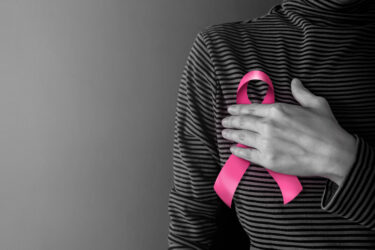Pulmonary Arterial Hypertension (PAH) is a rare disease that affects the lung’s arteries. The pulmonary artery, responsible for carrying blood from the heart to the lungs, starts to shrink, making it difficult for blood to flow through the vessels. Consequently, the force of the blood pushing against the pulmonary arteries rises far above normal levels—the raised pressure results in weakened heart muscles, leading to heart failure.
Symptoms of PAH
The narrowing and constrictions in the arteries may take years to worsen enough to become severe and for symptoms to become noticeable. The signs that start to show can be confused with other conditions, which means they can be easily ignored. That said, here are a few warning signs that point toward this condition.
- Fatigue and dizziness
When the lungs don’t get an adequate blood supply to properly function, it leads to oxygen-deficiency in the body and brain. The body cannot perform tasks without oxygen. Without it, one can’t go about their normal routine. Inadequate oxygen will make them feel tired easily. - Shortness of breath
Shortness of breath is one of the early warning signs that point toward PAH. The blood vessels and arteries responsible for carrying blood to the lungs make breathing possible. PAH can make inhaling oxygen-rich air and expelling air more labored. Everyday tasks that didn’t require much energy, like taking a stroll and cleaning the house, seem more difficult and leave an individual gasping for breath. - Discoloration of skin
Lack of oxygen in the body can cause the skin to turn dark or bluish, and this is usually evident on the face or lips. Unusual discoloration of the skin is associated with the lungs not producing enough oxygen for the body to function properly. - Swelling in the limbs
PAH can cause swelling or edema in the limbs. This occurs when the kidneys cannot remove waste properly from the body. Swelling caused by excess fluid trapped in the tissues also becomes a recurring problem the longer one has PAH. - Irregular heartbeat and chest pain
Due to PAH, the heart beats harder than it should, and the continuous pressure can weaken the heart muscles. High blood pressure can cause palpitations, erratic heartbeat, a racing pulse, or even chest pain.
Hypertrophy
Right ventricular hypertrophy is an abnormal expansion in the muscle mass of the right ventricle, usually in response to the pressure overload caused by severe lung disease.
Cough accompanied with blood
Those with this condition may also notice blood in their cough. If this happens, it is essential to go to a doctor before the situation aggravates.
Since the warning signs of the condition are nonspecific, it leads to a delay in diagnosis. The symptoms are always linked with right ventricular dysfunction. Those with PAH usually exhibit exertional symptoms like chest pressure, dyspnea, and lightheadedness. These often worsen during exercise and limit the patient’s ability to perform physical tasks. It is essential to visit a doctor to identify the cause of the symptoms.







